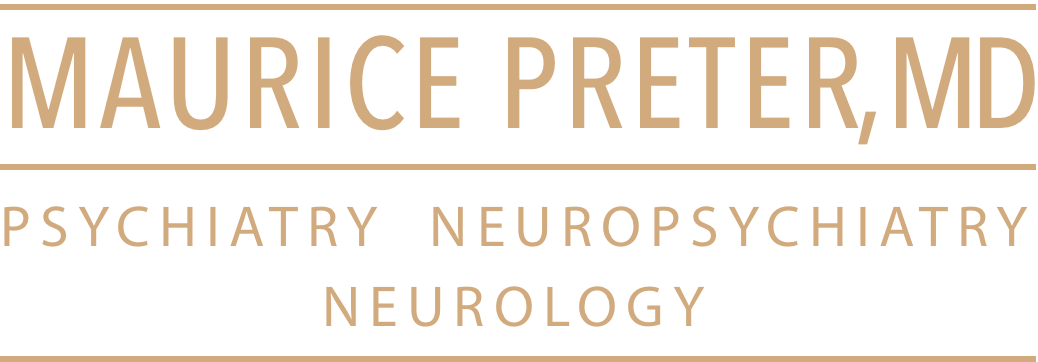Effect of Social Support on Nocturnal Blood Pressure Dipping
Carlos J. Rodriguez, MD, MPH, Matthew M. Burg, PhD, Joyce Meng, MD,
Thomas G. Pickering, MD, DPhil, Zhezhen Jin, PhD, Ralph L. Sacco, MD,
MS, Bernadette Boden-Albala, DrPH, Shunichi Homma, MD and Marco R. Di
Tullio, MD
From the Department of Medicine (C.J.R., M.M.B., J.M., T.G.P., S.H.,
M.R.D.T.), Columbia University, New York, New York; Department of
Neurology (R.L.S., B.B.-A.), Columbia University, New York, New York;
Department of Epidemiology (C.J.R., R.L.S.), Columbia University,
Mailman School of Public Health, New York, New York; Department of
Sociomedical Science (B.B.-A.), Columbia University, Mailman School of
Public Health, New York, New York; Department of Biostatistics (Z.J.),
Columbia University, Mailman School of Public Health, New York, New
York; Department of Neurology (R.L.S.), University of Miami, Miami,
Florida; and Section of Cardiovascular Medicine (M.W.B.), Yale
University, New Haven, Connecticut.
Address correspondence and reprint requests to Carlos J. Rodriguez,
Division of Cardiology, Columbia University, 622 W 168th street; PH
3-342, New York, NY 10032. E-mail: cjr10@columbia.edu
Objective: To determine if nocturnal blood pressure (BP) dipping among
non-Hispanic blacks is influenced by social support. Non-Hispanic
blacks have higher rates of cardiovascular morbidity and mortality
from hypertension and are more likely to have ambulatory blood
pressure (ABP) that remains high at night (nondipping).
Methods: A total of 68 non-Hispanic black normotensive and 13
untreated hypertensive participants (age 72 ± 10 years, 48% female)
free of clinical cardiovascular disease completed 24-hour ABP
monitoring and a questionnaire that included a modified version of the
CARDIA Study Social Support Scale (CSSS). Nondipping was defined as a
decrease of <10% in the ratio between average awake and average asleep
systolic BP. Analyses were adjusted for age, gender, and systolic BP.
Results: The prevalence of nondipping was 26.8% in subjects in the
highest CSSS tertile versus 41.1% in the lowest CSSS tertile (p = .
009). On adjusted analysis, CSSS was analyzed as a continuous variable
and remained independently and inversely associated with nondipping
(odds ratio 0.27, 95% Confidence Interval 0.08–0.94, p = .04).
Conclusions: Social support may be an important predictor of BP
dipping at night. These findings suggest that social support may have
positive health affects through physiologic (autonomic) pathways.
Key Words: ambulatory blood pressure monitoring • social support •
African-Americans • hypertension
Abbreviations: BP = blood pressure; ABP = ambulatory blood pressure;
NOMASS = Northern Manhattan Stroke Study; CSSS = CARDIA Social Support
Scale; BMI = body mass index; OR = odds ratio; SD = standard deviation.
